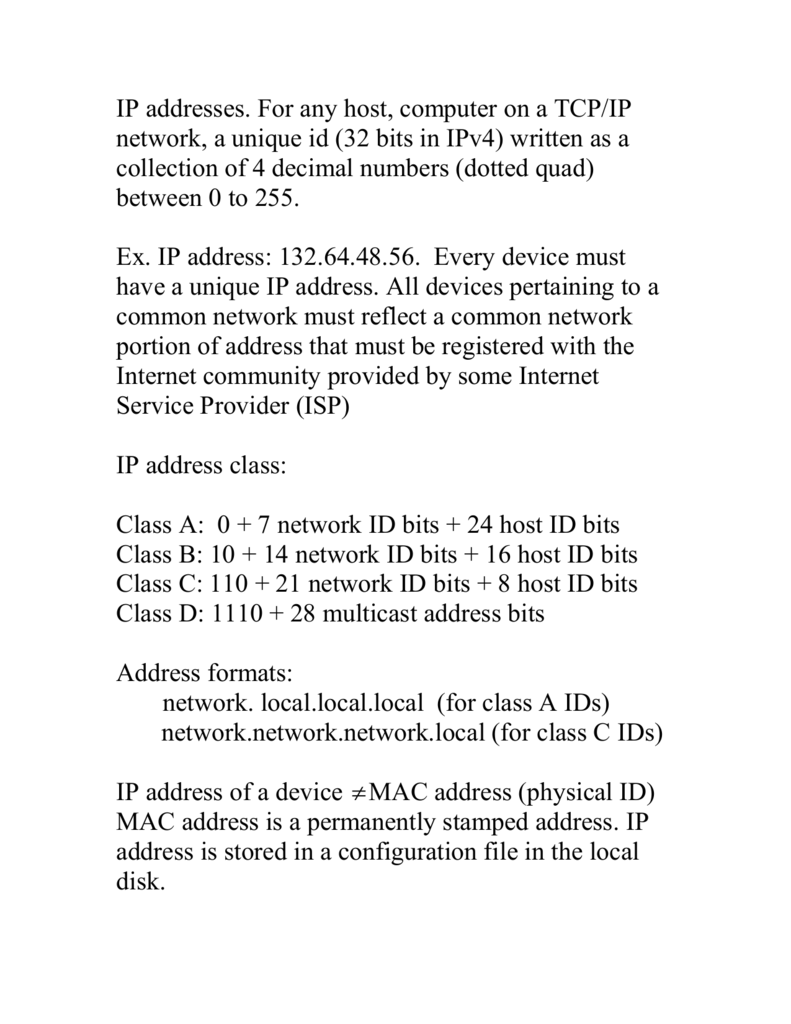

2005 On April 30, Microsoft releases Windows XP Professional 圆4 Edition for AMD64 and EM64T processors. 2003 Microsoft announces plans to create a version of its Windows operating system to support the AMD64 architecture, with backwards compatibility with 32-bit applications.

However, a CPU might have external data buses or address buses with different sizes from the registers, even larger (the 32-bit Pentium had a 64-bit data bus, for instance). Without further qualification, a 64-bit computer architecture generally has integer and addressing registers that are 64 bits wide, allowing direct support for 64-bit data types and addresses. Hence, a processor with 64-bit memory addresses can directly access 2 64 bytes of byte-addressable memory. In 2003 they were introduced to the (previously 32-bit) mainstream personal computer arena in the form of the x86-64 and 64-bit PowerPC processor architectures.Ī 64-bit register can store 2 64 (over 18 quintillion) different values. 64-bit CPUs have existed in supercomputers since the 1970s (Cray-1, 1975) and in RISC-based workstations and servers since the early 1990s.

64 bits is a word size that defines certain classes of computer architecture, buses, memory and CPUs, and by extension the software that runs on them. From the software perspective, 64-bit computing means the use of code with 64-bit virtual memory addresses.Ħ4-bit is a descriptor given to a generation of computers in which 64-bit processors are the norm. Also, 64-bit CPU and ALU architectures are those that are based on registers, address buses, or data buses of that size.



 0 kommentar(er)
0 kommentar(er)
